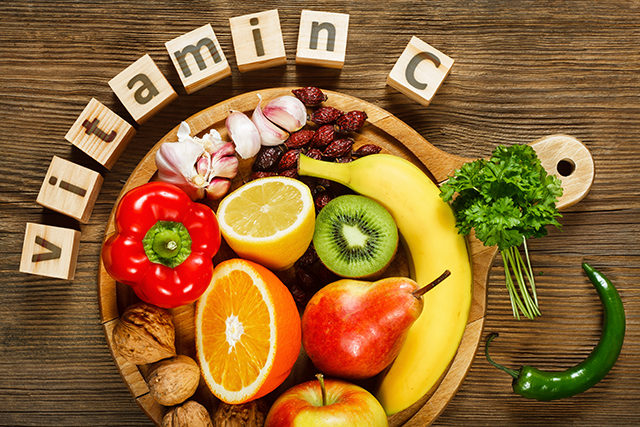In ancient times, the art of healing was carried out by women. The word “recipe” referred to a healing tonic, balm, tincture, syrup, etc. Ingredients were botanical and found locally in the wild or grown in gardens. These recipes were written down in books along with grandma’s healing chicken soup, rosewater tonic, candle making instructions, and perfume. The lady of the farm, or manor house, created these recipes in a room off the kitchen called the “Still Room.” Often these women were the only chance a person had to survive until a doctor could arrive by horseback or carriage—if there was a doctor. These women apprenticed with their elders, learned their craft, passed down their wisdom, and healed people naturally for millennia.
Make no mistake. This was a healing art that required intuition, apprenticeship, knowledge and skill. Without these women, none of us would be here.
As communities grew, the role of women as healers expanded. Women published and shared their recipe books and worked together to bring their knowledge of natural remedies, intuition, and healing arts to the masses. These women became the nurses, nuns, and religious groups that ran the early hospitals. The Shakers, for example, made syrups from cherries, poppies, sarsaparilla, and black cohosh. Shaker Sisters grew acres of poppy beds, cut the flowers, dried the pods and collected the dried juice to make opium. This crude opium was used extensively for pain relief during the Civil War and sold at an enormous price. The still room became the distillery, and the recipe became the receipt. This was the origin of the current Rx or prescription—meaning, “to take.”
(Historical information is from a fabulous book Herbal Diplomats by Martha M. Libster, PhD, RN listed below)
Fast forward. Today, you are given a prescription for a drug that is synthetically made in a laboratory, and has only been tested on a small group of people. In order for a drug to be sold, it must be patented, and in order for a drug to be patented, it must have a unique molecular structure—one that can’t be copied, and is not found in nature, because nature can’t be patented.
This is a critical point to understand and the reason I included a brief history. Natural botanical herbs are restorative—that is, they work with your body to restore its self-regulating ability. Patented drugs made synthetically in a lab, are substitutive –that is, they substitute a pill for a function and create dependency on that pill, in order for your body to perform that function. This creates a vicious cycle of dependency.
All disease is a result of two things: too many toxins, and not enough nutrients. Nutritional deficiencies impair the contraction of heart muscle cells. If you take a pill to lower your blood pressure, that pill overrides your cellular intelligence. When your blood pressure drops, your cellular intelligence tells your kidneys to hold water—to keep fluid in the vessels so they don’t collapse and you die. When your kidneys hold water, you have edema in your legs and shortness of breath. Next comes the kidney override pill—aka diuretic—that tells your kidneys—release the water. As your kidneys flush out the water by urination—along go critical nutrients like vitamins, minerals, sodium, potassium, etc. Now you have leg cramps from the loss of nutrients and you have increased nutritional deficiency of heart muscle cells—which further weakens your heart.
And thus— you have a vicious circle of artificial control. Eventually, your intelligent, self-regulating cells stop functioning.
Our relationship with nature is restorative and should be revered.
You can break the circle of dependency by feeding your heart cells the nutrients they need to restore function. Your heart needs good mineral rich salt like pink Himalayan. Your heart needs good fats like grass fed organic butter, coconut oil, and avocado to make good artery protective cholesterol in your liver. If you are taking statin drugs you especially need CoenzymeQ10 or your liver will not make that good cholesterol. Vitamin C, proline and lysine are great for removing arterial deposits, creating a “Teflon” like coating, and keeping the blood vessels flexible.
Hawthorn Berry is an amazing herb that dilates peripheral blood vessels; lowering blood pressure with no cumulative activity. It is restorative; and assumes a position between digitalis and adrenaline—in other words—can lower or raise blood pressure.
Cayenne Pepper is my all time favorite plant. In addition to stopping chest pain and preventing a heart attack—the benefits of daily use are nothing short of miraculous. From digestion to arthritis to fibromyalgia and preventing hemorrhage from blood loss—the benefits and the nutrients restore health and add longevity naturally.
Always do your own research, find your own truth, and work with your doctor.
RESOURCES
Historical References
http://www.goldenapplehealingarts.com/Herbal_Diplomats.html
Recipe
http://www.todayifoundout.com/index.php/2014/06/rx-mean-come/
Hawthorn Berry
https://www.amazon.com/Scientific-Validation-Herbal-Medicine-Daniel/dp/0879835346
http://www.herbwisdom.com/herb-hawthorn-berry.html
Cayenne Pepper
http://www.shirleys-wellness-cafe.com/NaturalFood/Cayenne
https://draxe.com/cayenne-pepper-benefits/







